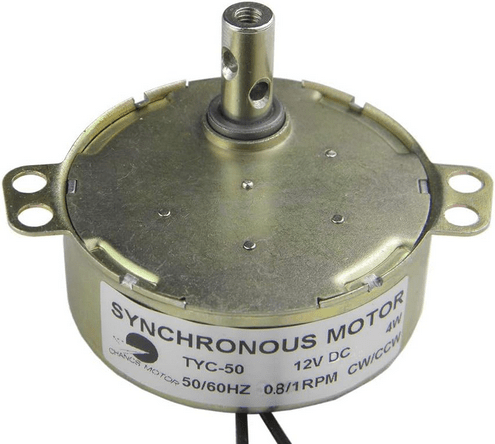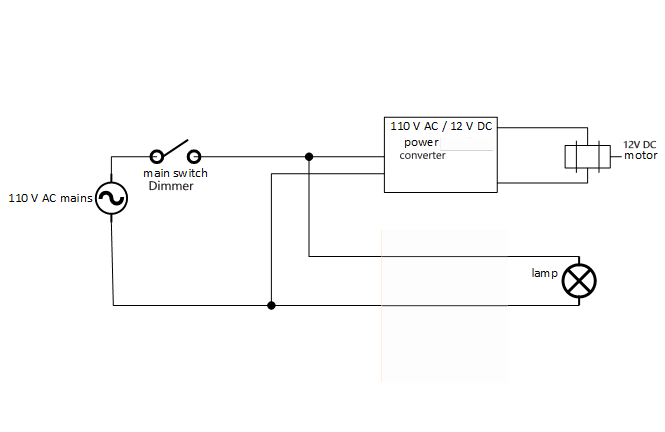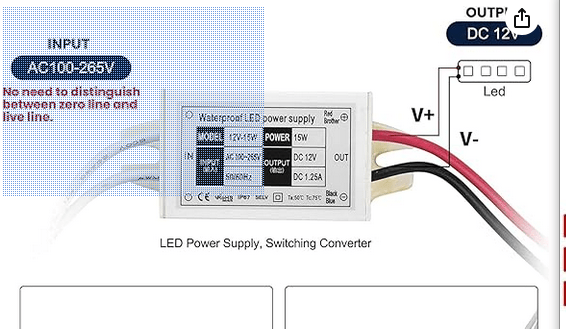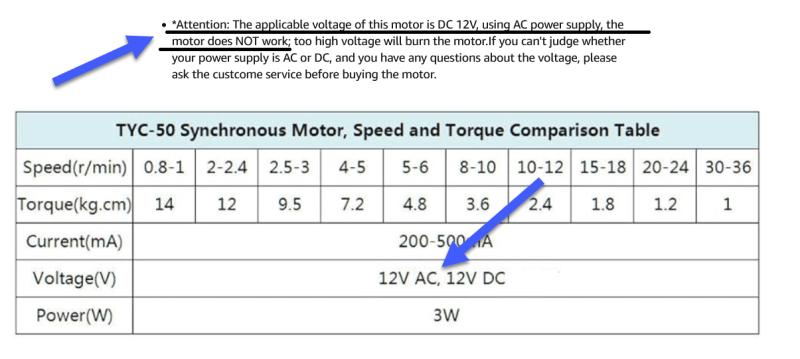I have a question regarding a light fixture I'm building that also has a motor in it. It has geometric shapes that spin slowly around the light (almost like a mobile) and this is what I'm using the motor for. The light fixture will be attached to the ceiling like any normal light fixture or chandelier and I want to use a light switch on the wall to be able to turn it on and off. The light bulbs will be powered by 110V AC. The 12V Synchronous DC motor will be powered by 12V DC. I am using an Inverter which is 12 Volt DC To 110 Volt AC which will be able to accommodate turning both the motor and bulbs on with a flick of the light switch on the wall.
The question I have is in regards to a dimmer switch. I want to use a dimmer switch to be able to make the lights brighter or dimmer. However, because the motor is also being controlled by the dimmer switch I want to know if this will be a problem and what will happen. Will it slow down the rotation? Will It damage the motor? If it will pose a problem are there any simple solutions or work arounds? I haven't purchased the dimmer switch yet. Is there a certain type that will work with this or a certain type that won't?
Just to clarify why I'm going about it this way. Initially I was just going to use an AC 110 V motor so it would all be on AC. The problem was getting UL approval because of the motor. Because I'm using a 12 V DC motor instead it is kind of a loophole for me so I can get UL approval without all the headaches. Using a 12V DC motor will not be a safety concern in terms of UL certification.
The motor I'm using is a 12V Synchronous DC geared 1 RPM motor. It's just a simple one you can buy on Amazon and I'll post the link to it:
Also, on a side note I'm not sure what inverter I should use for this project. The choice is between a constant current inverter/driver vs constant voltage inverter/driver. I'm not sure which one to use here.
Any insights would be greatly appreciated. Thanks!
The question I have is in regards to a dimmer switch. I want to use a dimmer switch to be able to make the lights brighter or dimmer. However, because the motor is also being controlled by the dimmer switch I want to know if this will be a problem and what will happen. Will it slow down the rotation? Will It damage the motor? If it will pose a problem are there any simple solutions or work arounds? I haven't purchased the dimmer switch yet. Is there a certain type that will work with this or a certain type that won't?
Just to clarify why I'm going about it this way. Initially I was just going to use an AC 110 V motor so it would all be on AC. The problem was getting UL approval because of the motor. Because I'm using a 12 V DC motor instead it is kind of a loophole for me so I can get UL approval without all the headaches. Using a 12V DC motor will not be a safety concern in terms of UL certification.
The motor I'm using is a 12V Synchronous DC geared 1 RPM motor. It's just a simple one you can buy on Amazon and I'll post the link to it:
Also, on a side note I'm not sure what inverter I should use for this project. The choice is between a constant current inverter/driver vs constant voltage inverter/driver. I'm not sure which one to use here.
Any insights would be greatly appreciated. Thanks!




